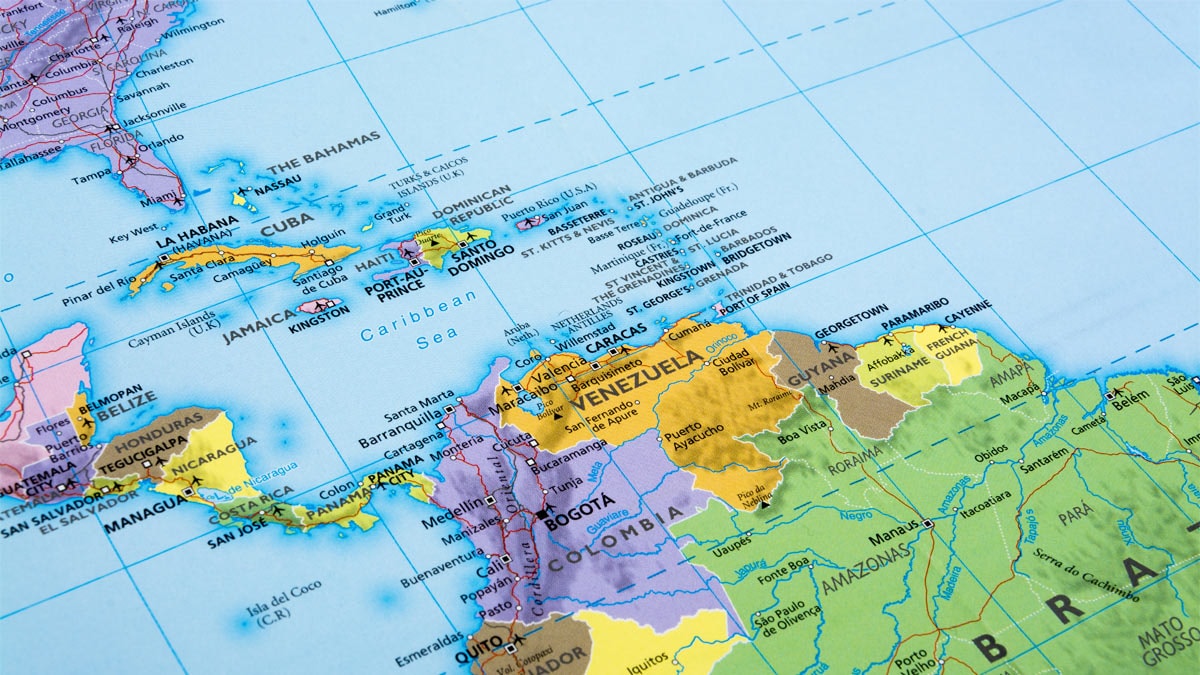At a glance
- Commercial tobacco use varies among diverse Hispanic/Latino population groups.
- People from some Hispanic ethnic groups suffer from poorer health outcomes related to the use of commercial tobacco products like cigarettes, smokeless tobacco, and cigars.

Overview
Commercial tobacco gets in the way of achieving health equity for Hispanic/Latino people.A

Public health research on United States (U.S.) commercial tobacco use often reports outcomes for diverse groups of Hispanic/Latino people as one group in survey data. Data show that Hispanic people in the U.S., on average, smoke at lower rates than people from most other racial/ethnic groups.1 In 2020, 8.0% of Hispanic adults in the U.S. smoked cigarettes.1 However, commercial tobacco use varies among diverse Hispanic/Latino population groups. For example:
- Differences by country of birth: Hispanic adults who were born in the U.S. are more likely to smoke cigarettes than Hispanic adults who live in the U.S. but were born in another country.2
- Puerto Rican people are more likely to smoke than Mexican and Dominican people in the U.S.3
- People who report Cuban ethnicity who smoke use more cigarettes per day than people from other Hispanic ethnic groups who smoke daily.1 In one study of Hispanic adults in the U.S., about 50% of Cuban men and 35% of Cuban women reported smoking 20 or more cigarettes per day.1
Commercial tobacco use rates among Hispanic/Latino people are also different for youth. For example, the 2024 National Youth Tobacco Survey4 showed that:
- 8.4% of Hispanic middle and high school students currently used any tobacco product.
- 9.8% of Hispanic high school students currently used any tobacco product compared to non-Hispanic White students (10.5%) and non-Hispanic Black students (11.1%).
- 6.3% of Hispanic middle school students currently used any tobacco product compared to non-Hispanic White students (4.3%) and non-Hispanic Black students (8.4%).
The Hispanic/Latino population comprise 19% of the U.S. population or an estimated 62 million people (including Puerto Rico). They represent the nation's second largest racial/ethnic population segment (after non-Hispanic White people).56 However, significant differences in disease prevalence, access to care, and health outcomes exist for Hispanic/Latino communities in the U.S.
People from some Hispanic ethnic groups suffer from poorer health outcomes related to the use of commercial tobacco products like cigarettes, smokeless tobacco, and cigars.3 For example:
- Cancer, heart disease, and stroke—all of which can be caused by cigarette smoking—are among the five leading causes of death among Hispanic people.789
- Diabetes is the fifth leading cause of death among Hispanic people.810 The risk of developing type 2 diabetes is 30% to 40% higher for those who smoke cigarettes than those who don't smoke, and smoking can worsen complications from diabetes.10
- Puerto Rican people are more likely to have asthma than any other racial and ethnic group, including Black people and other Hispanic ethnic groups.11 Secondhand smoke—which comes from the burning end of a cigarette or other commercial tobacco product or is breathed out by a person who is smoking—can make asthma symptoms worse, particularly in children.

- "Commercial tobacco" means harmful products that are made and sold by tobacco companies. It does not include "traditional tobacco" used by Indigenous groups for religious or ceremonial purposes.
- Cornelius ME, Loretan CG, Wang TW, Jamal A, Homa DM. Tobacco product use among adults — United States, 2020. MMWR Morb Mortal Wkly Rep. 2022;71:397–405.
- Pérez-Stable EJ, Ramirez A, Villareal R, et al. Cigarette smoking behavior among US Latino men and women from different countries of origin. Am J Public Health. 2001; 91(9):1424–1430.
- Substance Abuse & Mental Health Data Archive. National Survey on Drug Use and Health: 2-Year RDAS (2018 to 2019) online analysis tool. Accessed March 1, 2022. https://datatools.samhsa.gov/nsduh/2018/nsduh-2018-2019-rd02yr/variable-list
- Birdsey J, Cornelius M, Jamal A, et al. Tobacco product use among U.S. middle and high school students — National Youth Tobacco Survey, 2023. MMWR Morb Mortal Wkly Rep. 2023;72(44):1173–1182.
- Gentzke AS, Wang TW, Cornelius M, et al. Tobacco product use and associated factors among middle and high school students — National Youth Tobacco Survey, United States, 2021. MMWR Surveill Summ 2022;71(No. SS-5):1–29.
- U.S. Census Bureau. Annual estimates of the resident population by sex, age, race, and hispanic origin for the United States and States: April 1, 2010 to July 1, 2019. U.S. Census Bureau; 2020. Accessed March 1, 2022. https://www.census.gov/newsroom/press-kits/2020/population-estimates-detailed.html
- Centers for Disease Control and Prevention. Vital signs: Leading causes of death, prevalence of diseases and risk factors, and use of health services among Hispanics in the United States—2009–2013. MMWR Morb Mortal Wkly Rep. 2015;64(17):469–478.
- Heron M. Deaths: Leading causes for 2010. Natl Vital Stat Rep. 2013;62(6):1–96.
- Xu JQ, Murphy SL, Kochanek KD, Bastian BA. Deaths: Final data for 2013. Natl Vital Stat Rep. 2016;64(2):1–118.
- U.S. Dept of Health and Human Services. The Health Consequences of Smoking: 50 Years of Progress. A Report of the Surgeon General. U.S. Dept of Health and Human Services; 2014. Accessed March 1, 2022. https://www.ncbi.nlm.nih.gov/books/NBK179276/
- Centers for Disease Control and Prevention. 2018 National Health Interview Survey. Accessed March 1, 2022. https://snapshot2024.cdc.gov/asthma/nhis/2018/table4-1.htm
